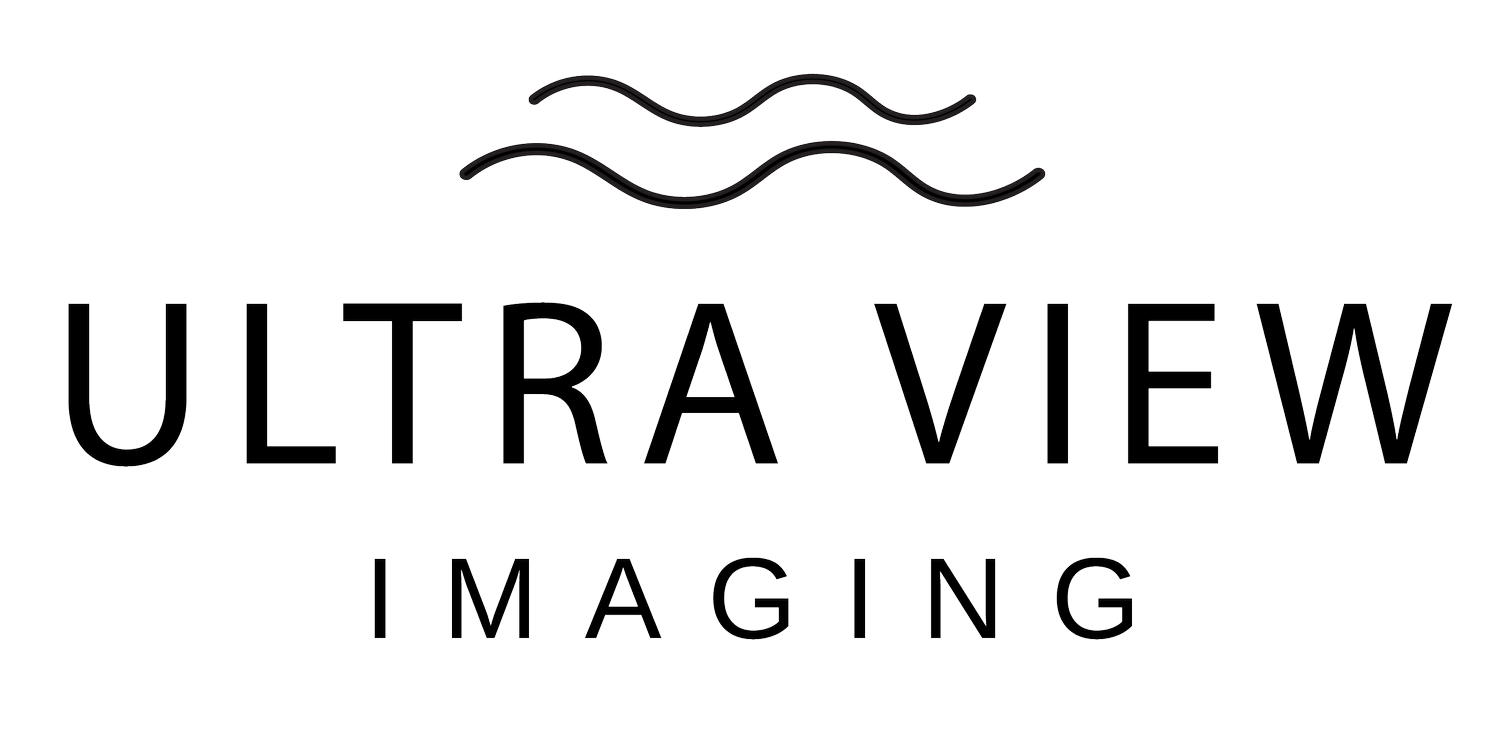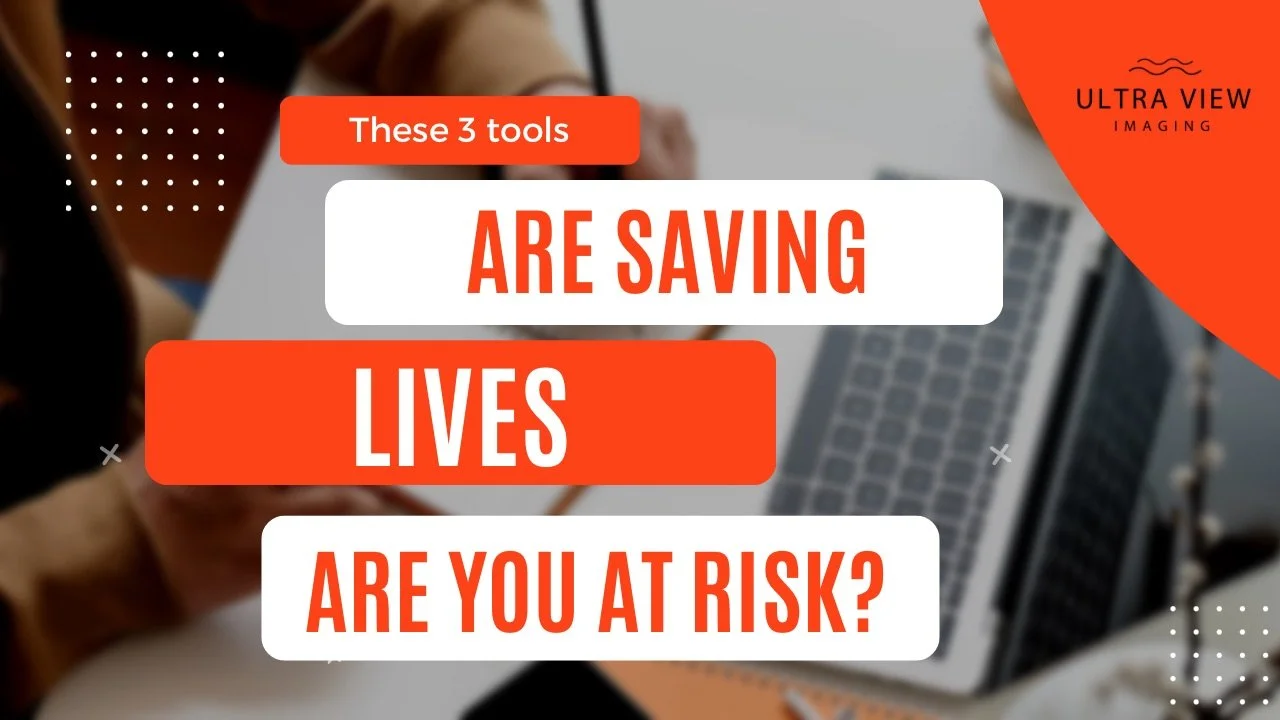How Smartwatches (and 2 Other Tools) Are Saving Lives Through Early Detection
As a cardiac sonographer, I’ve spent years looking at hearts—day in, day out. And if there’s one thing I’ve learned, it’s this: the earlier we catch something, the better the outcome.
But here’s the problem—many of the most dangerous conditions don’t scream for attention.
They whisper.
They show up quietly, in irregular rhythms or subtle blood pressure spikes. They slip by undetected… until it’s too late.
That’s why I’m such a strong advocate for giving people the tools to monitor their health before there’s a crisis. Especially for the elderly, underserved, or those managing chronic conditions—early detection can be life-saving.
Below are three tools I wish every household had access to:
1. For the Heart: A Smartwatch That Detects AFib (Even When You Don’t Feel It)
Recommended: Withings ScanWatch – FDA-Approved for AFib Detection
Atrial fibrillation (AFib) causes nearly 1 in 5 strokes—and the strokes caused by AFib tend to be the most severe.
The scary part? Many people with AFib have no symptoms at all. No racing heart. No shortness of breath. Just a silent rhythm problem that can lead to a devastating outcome.
The Withings ScanWatch is currently the only smartwatch FDA-approved to detect AFib. It runs ECGs discreetly, tracks your heart rate variability, and can alert you to irregular rhythms even while you’re sleeping.
I’ve seen patients come in after a stroke only to realize they’d been in AFib for months.
This watch could’ve caught it early.
2. For Blood Pressure: A Reliable Home BP Monitor
Recommended: Omron Upper Arm Blood Pressure Monitor
Hypertension is called the “silent killer” for a reason. It doesn’t always make you feel bad—until it’s done damage.
A high-quality, upper-arm blood pressure monitor is a must, especially for:
Adults over 40
Anyone with diabetes, kidney issues, or heart disease
Caregivers looking after aging parents
I like this Omron model for its clinical accuracy and ease of use.
The ability to track your pressure daily—not just when you’re at the doctor—can reveal trends that lead to early intervention.
3. For Oxygen Levels: A Pulse Oximeter
Recommended: Zacurate Pro Series 500DL Pulse Oximeter
This small device clips onto your finger and tells you your blood oxygen level and heart rate within seconds.
While it gained popularity during COVID, it’s incredibly helpful for:
Monitoring heart failure and respiratory conditions
Detecting sleep apnea risks
Spotting sudden changes in elderly or immunocompromised patients
This model is reliable, fast, and easy for anyone to use at home.
The Bottom Line
If there’s one thing I hope people take away from this post, it’s this:
Health doesn’t always give us loud warnings.
But with the right tools, we can catch the whispers before they become roars.
Whether it’s for you, a parent, or a patient you’re caring for—these are small investments with the potential to change outcomes in a big way.
I’ve included links to the exact tools I recommend, but what matters most is that you start thinking about proactive care.
Your future self—or someone you love—might just thank you for it.

